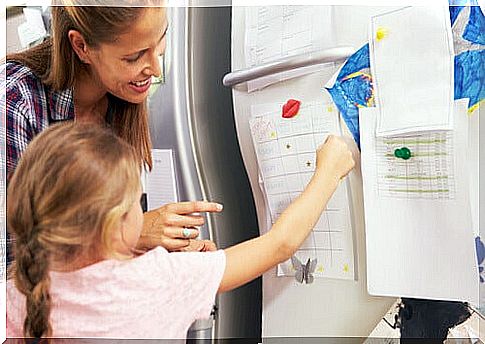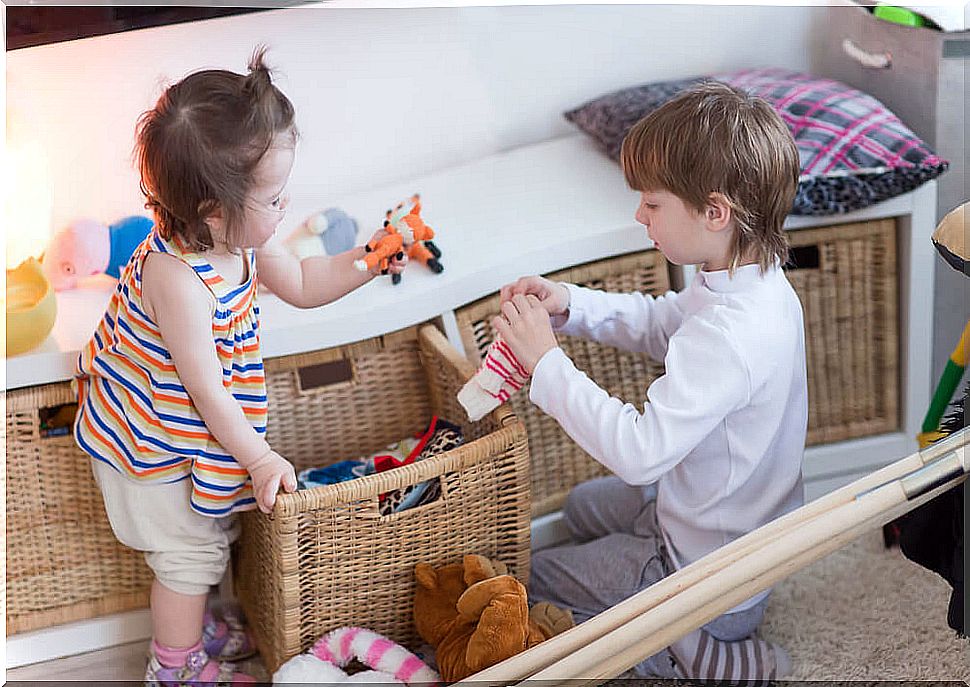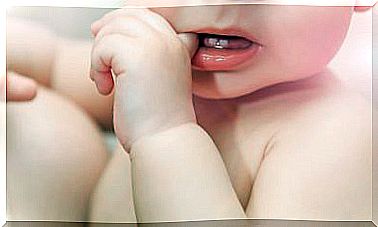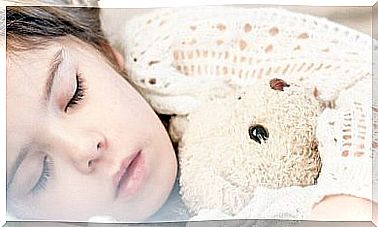Build A Token Economy System Correctly

To modify and correct the behavior of the little ones, psychological conditioning techniques can be used, such as the token economy system. In this article we will give you some basic notions to put this method into practice in an effective way. This technique is ideal for the child to get involved, in an active and direct way, in correcting their own behaviors.
What is a token economy system?
The token economy system is a behavior modification technique based on operant conditioning, specifically positive reinforcement. It consists of awarding points to the child each time they perform a certain behavior. Thus, when he accumulates a specific number of points, he is awarded a prize, so that perseverance is rewarded.
With this, we seek to raise the level of motivation and reinforce compliance with the behaviors that we want the little one to carry out, since, by receiving immediate positive reinforcers, the possibility of repeating the desired behavior in the future is increased. .

The token economy system is often used to get the child to perform tasks that require some autonomy and responsibility, which, sometimes, are difficult to instill simply with discipline, such as:
- Sleep alone.
- Go to sleep early.
- Collect and sort the toys.
- Brushing teeth.
- Make the bed.
- Perform homework and homework.
In addition, this technique allows you to evaluate and record the progress made throughout its application.
Build a Token Economy System Right
The procedure that must be followed to correctly implement a token economy system is:
- Define in a positive way the behavior to be achieved.
- Select the rewards or reinforcers to give: these rewards are agreed with the child and do not always have to be material. P For example: do an activity that you like, play a game, do an activity as a family, etc.
- Determine the number of points or stickers that must be obtained to obtain a prize : initially, it is convenient to negotiate it with the child.
- Make a table of points : make a monthly graph, in the form of a calendar, with blank boxes under each day to be able to place the points or stickers there. This table should be in a visible place in the house.
- Reward the desired behavior on a daily basis through stickers : each time the child performs the desired behavior, a sticker is put in the box for the corresponding day; each sticker is a point. Next, you have to congratulate him verbally (with compliments, compliments, etc.), make some kind of affective gesture (through hugs, kisses, etc.) and pay close attention to it.

- Deliver the awards or reinforcers when appropriate : when the negotiated number of stickers is obtained, the child receives the award that has been previously agreed upon.
- Gradually decrease the withdrawal of reinforcers as the behavior increases in frequency.
It is important that the child is aware of all this procedure so that he understands what is expected of him.
Until when do you have to use it?
The token economy system should be stopped when the child performs the behavior frequently. As soon as this begins to happen, it is convenient to progressively remove the prizes and rewards, until they are completely withdrawn.
Although what should never disappear are the social reinforcers. So you must always value, with words and affection, the effort that the little one makes. In addition, over time, the child will perceive other achievements, such as feeling older or feeling fulfilled. Which will motivate you to continue performing behaviors that imply autonomy and responsibility.









